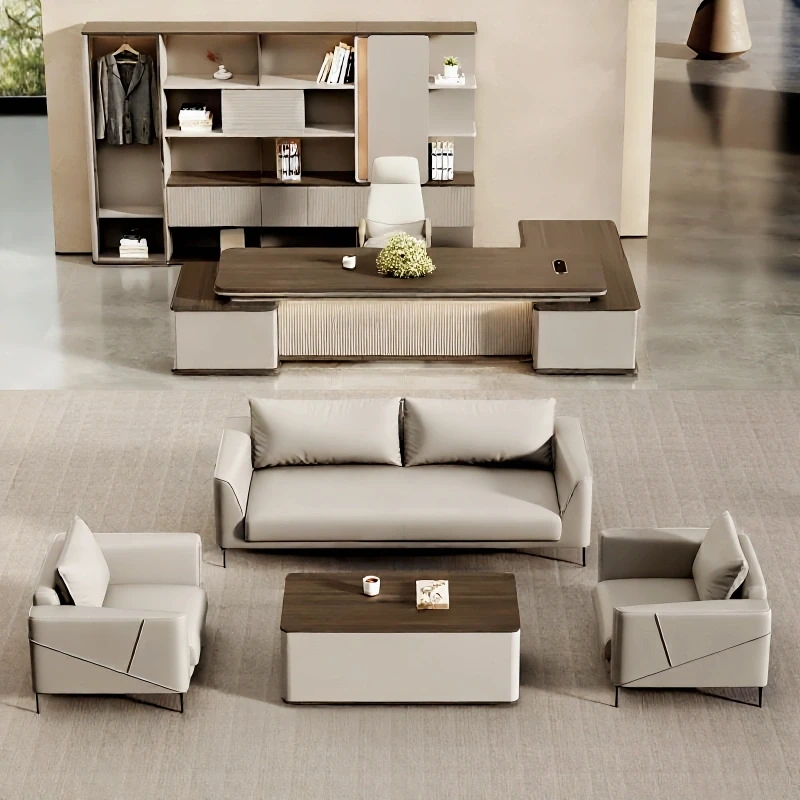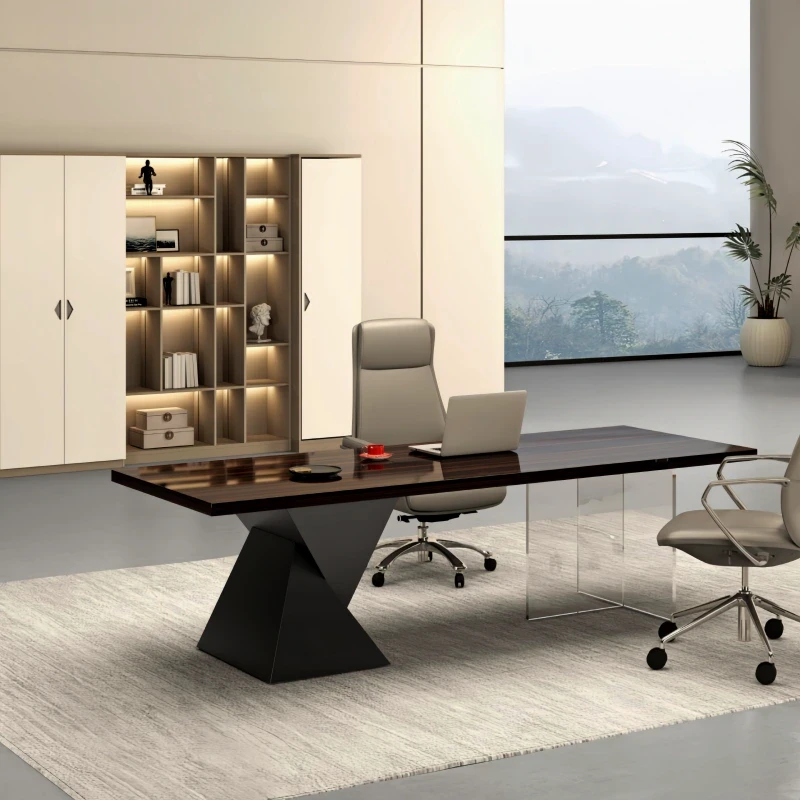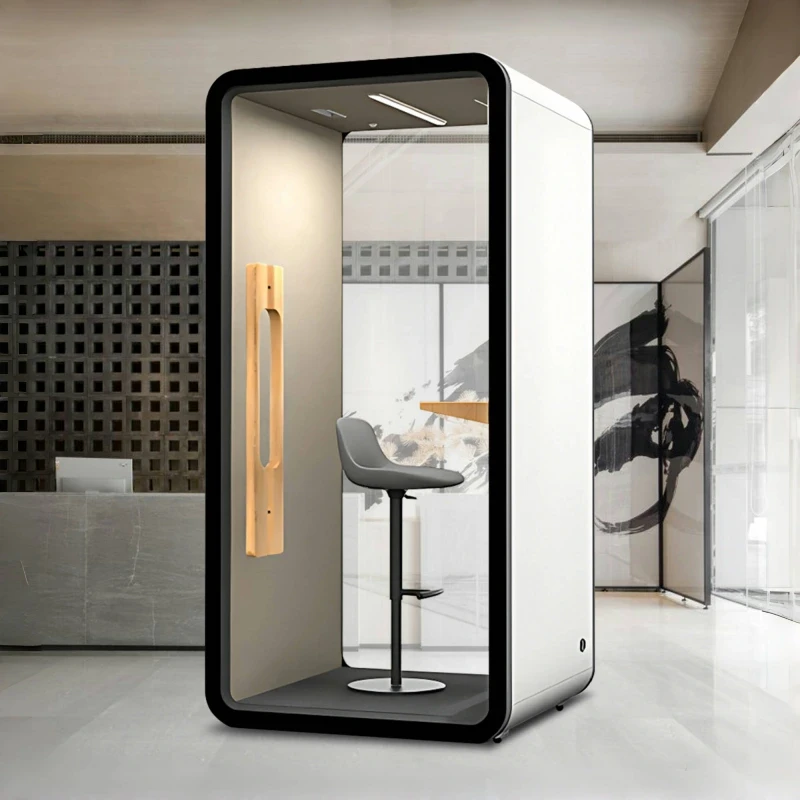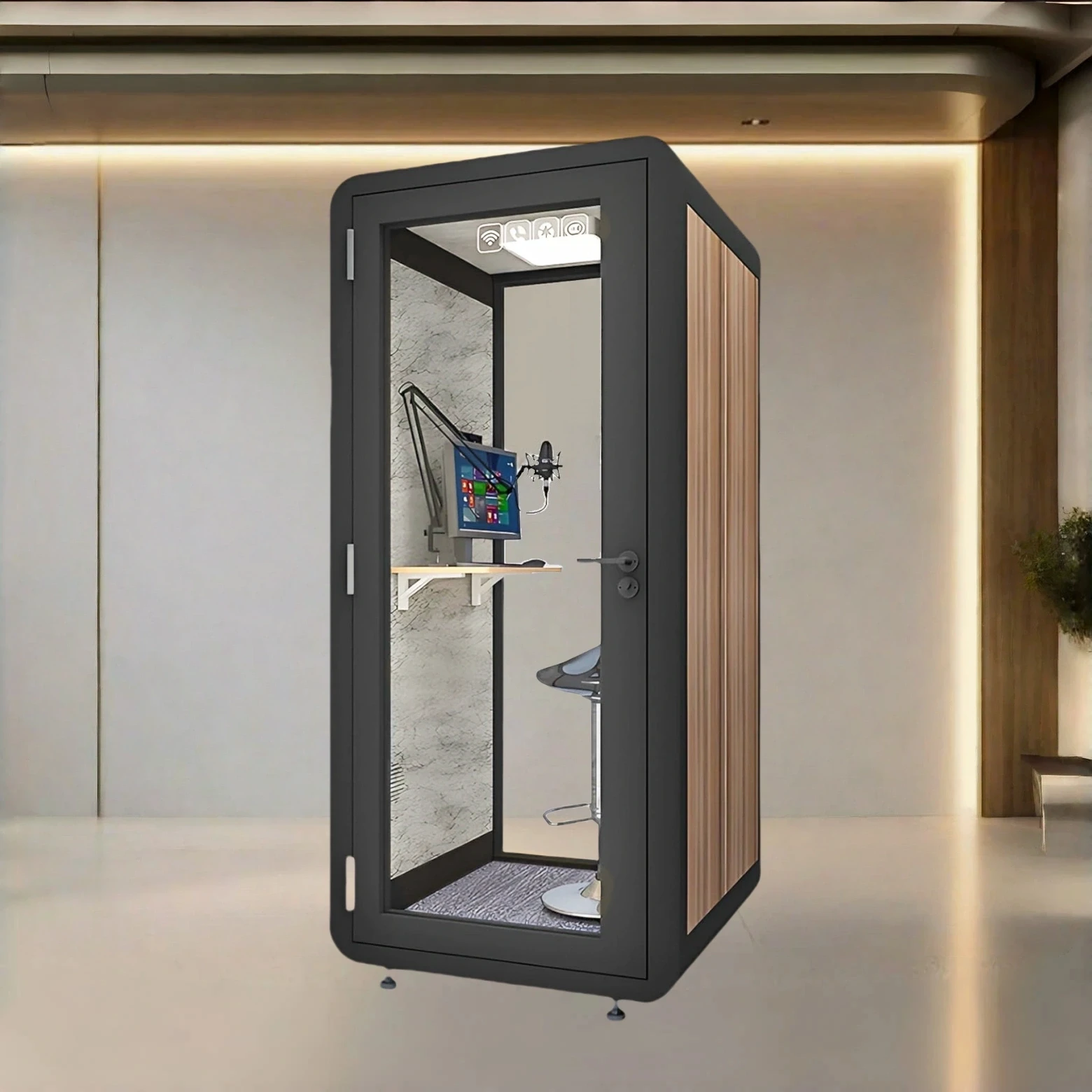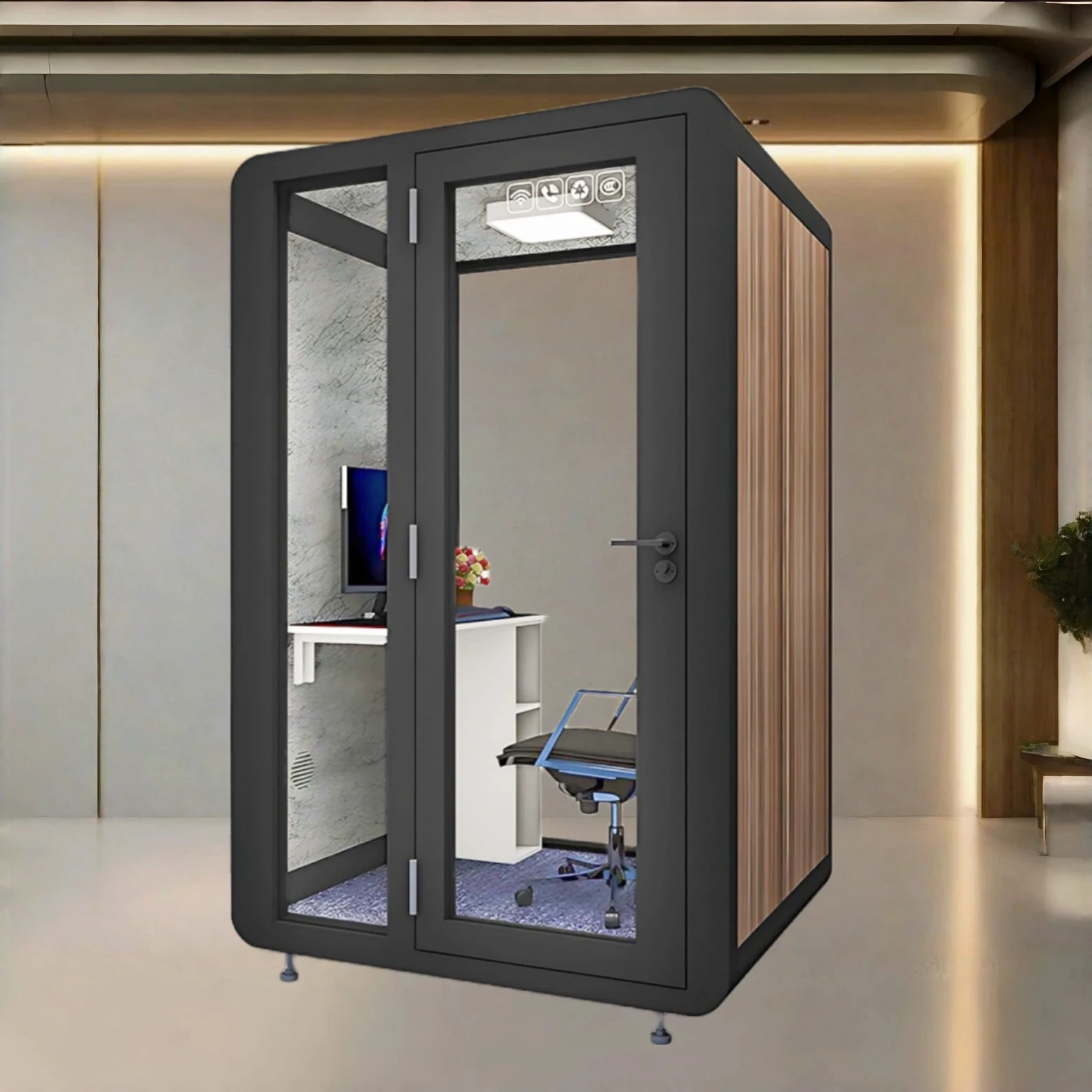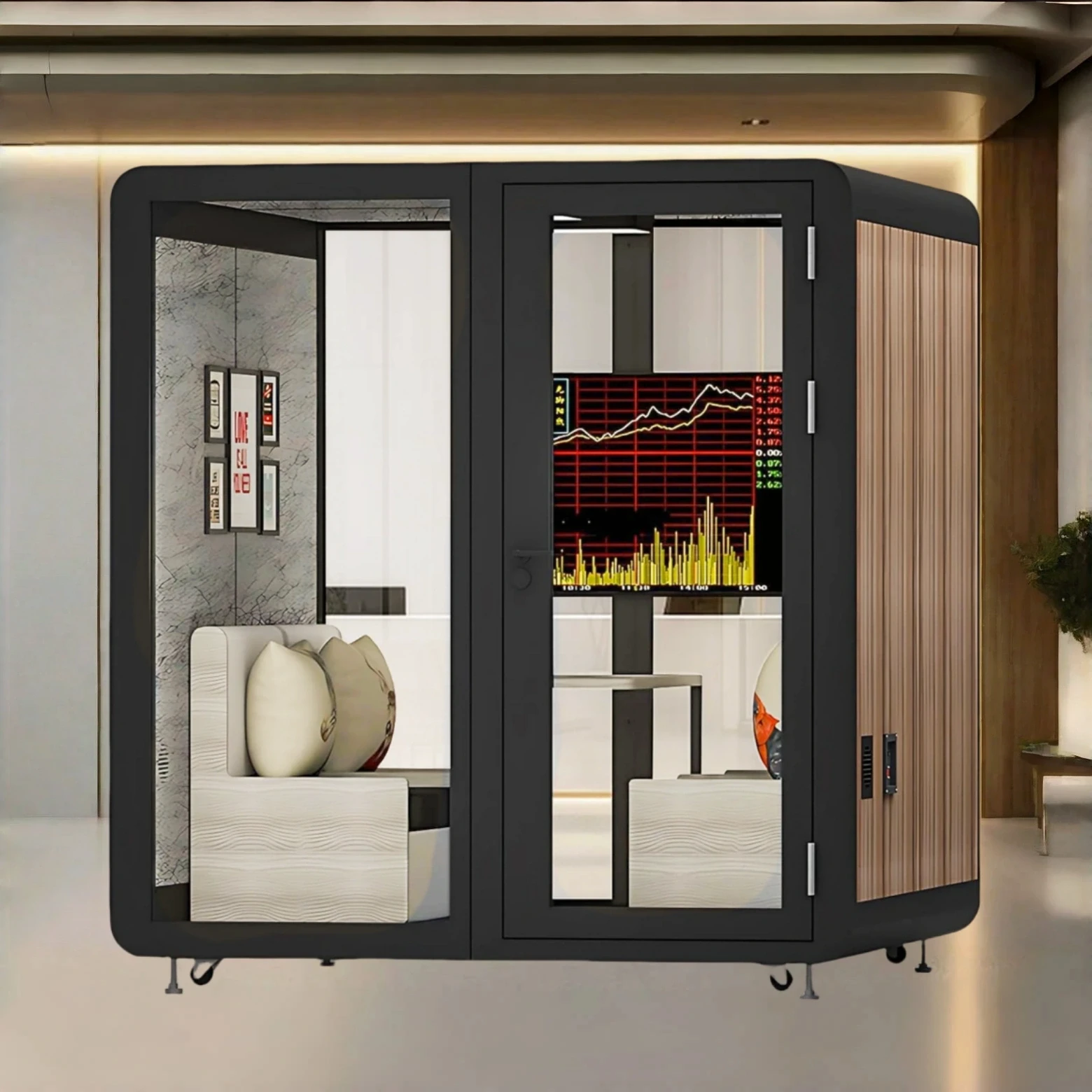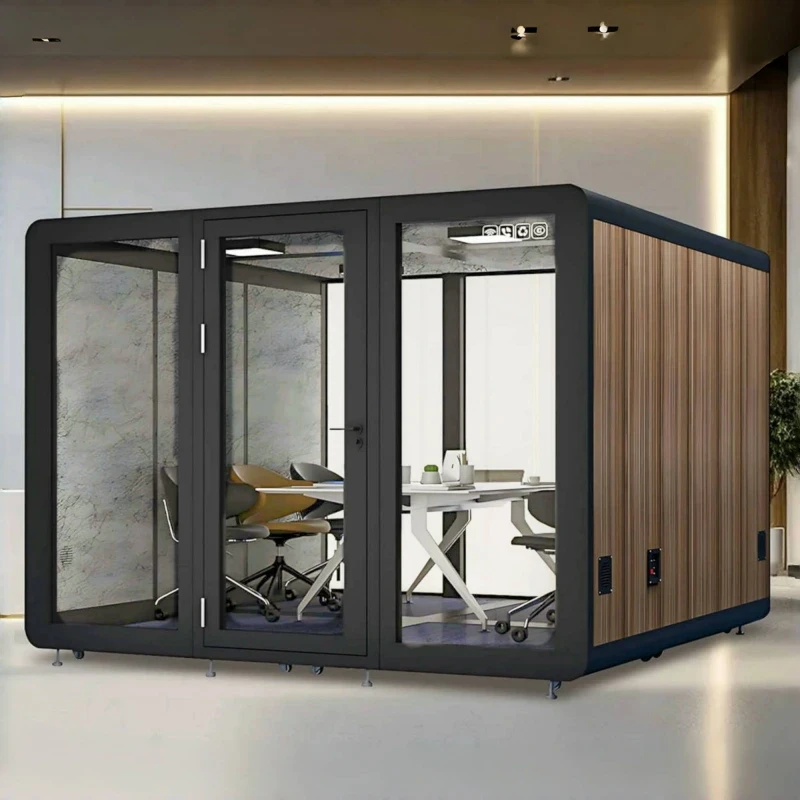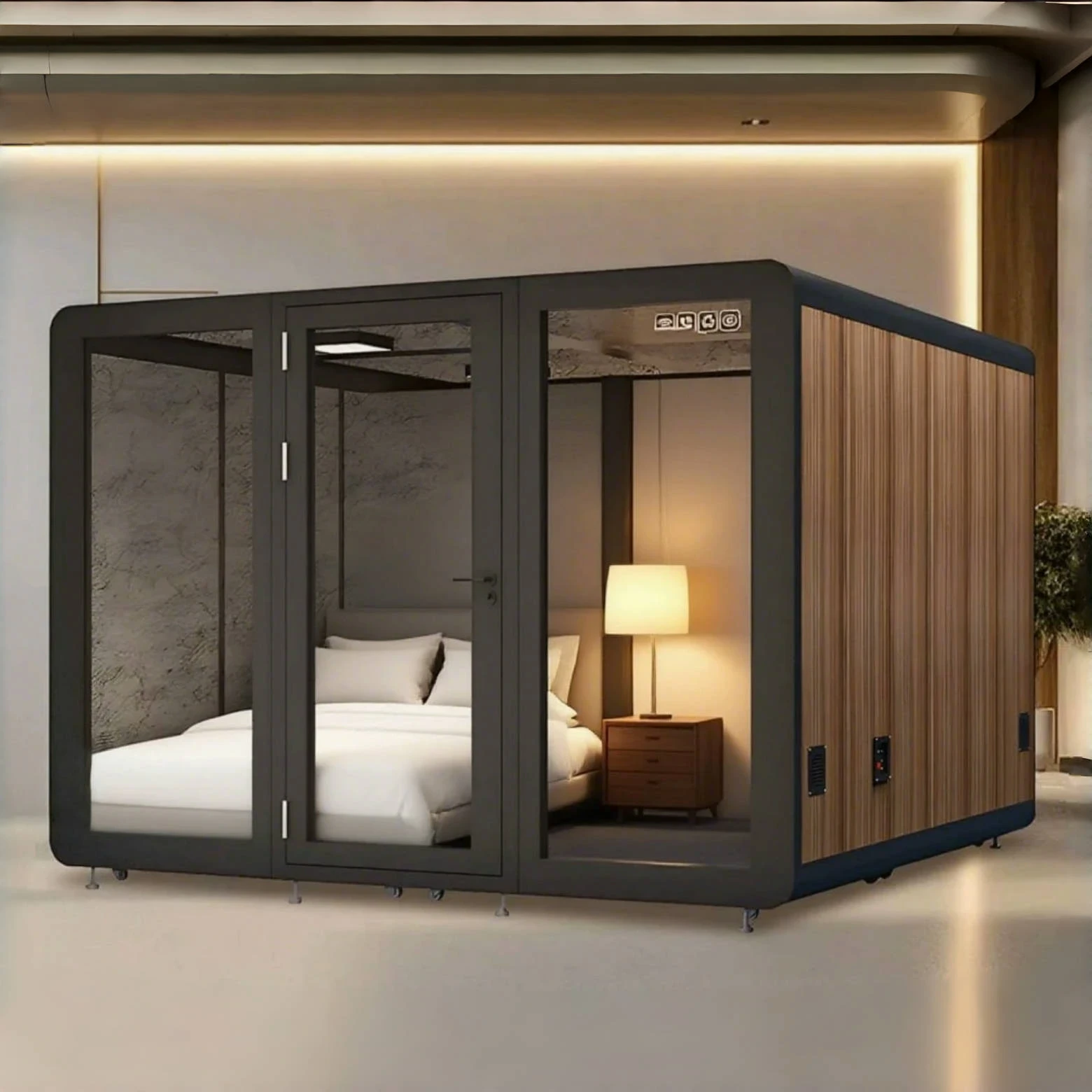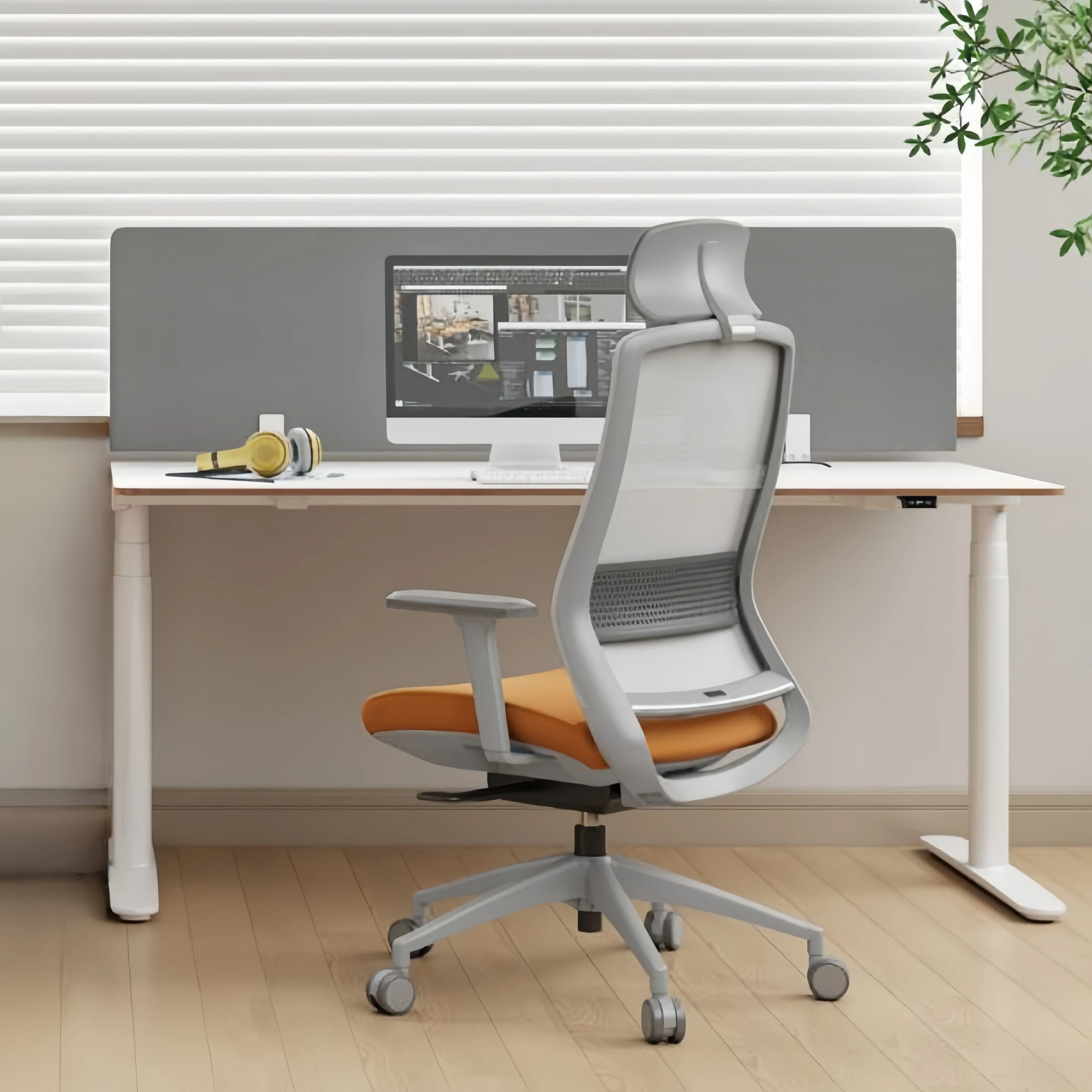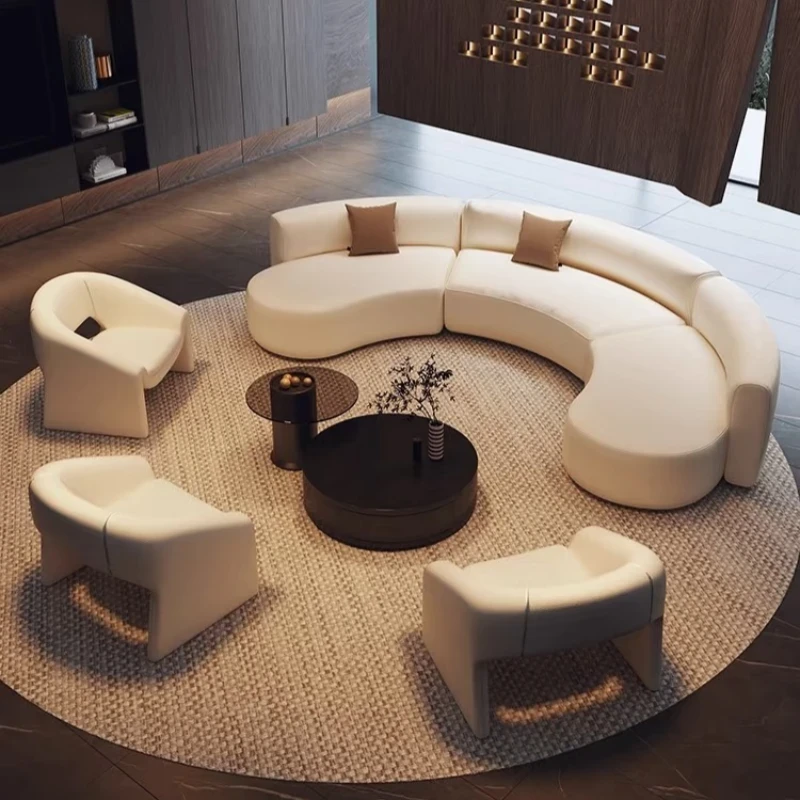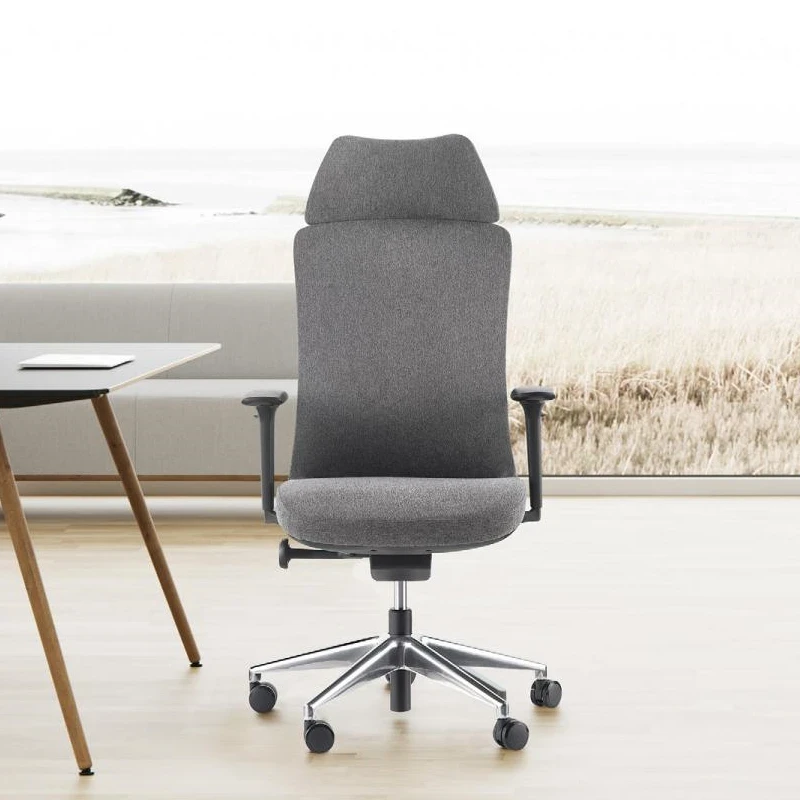Steel filing cabinets are primarily made from hot-rolled coils, rolled at room temperature below the recrystallization temperature. Cold-rolled steel offers a smooth surface and excellent finish. Through shearing, bending, welding, and painting, steel filing cabinets are manufactured. Generally speaking, the thicker the steel, the greater the cabinet's load-bearing capacity and the less likely it will deform when storing documents. So, what are some common steel filing cabinet malfunctions and how to troubleshoot them? Let's take a look at some common malfunctions and troubleshooting tips from Henan Huadu Times Furniture.
1. Fault: The drawer does not push or pull naturally;
Cause of failure: impurities, no lubricating oil on the slide rail;
Troubleshooting: Open the drawer of the filing cabinet to remove impurities and apply lubricating oil to the slide rails. Cooking oil can also act as a lubricant. Note that the removal process may contaminate the contents of the cabinet.
2. Fault: The cabinet is unstable and shakes after being placed, and there are abnormal noises when in use;
Cause of failure: The reason for this failure may be that the four legs of the cabinet are not balanced on the ground;
Troubleshooting method: It is recommended to rotate the adjusting foot nut or use a hard object to pad the gap between the cabinet and the ground to eliminate the fault.
3. Malfunction: Lock, cannot be locked or opened.
Cause of the fault: Door A or drawer fails to reset; Lock bar B or lock rod is stuck;
Troubleshooting method: Open and close the door or drawer several times with moderate force, observe the cause of the fault, tap the cabinet again with your hand or press down with a screwdriver again to reset the lock bar.
4. Fault: The size of the cabinet door gap is uneven;
Cause of failure: The cabinet is not placed level.
Troubleshooting method: It is recommended to rotate the adjusting foot nut or use hard objects to pad the gaps between the cabinet and the ground. The method is the same as the first fault. It should be noted that the adjustment should be made in the opposite direction.

 USD
USD
 GBP
GBP
 EUR
EUR
